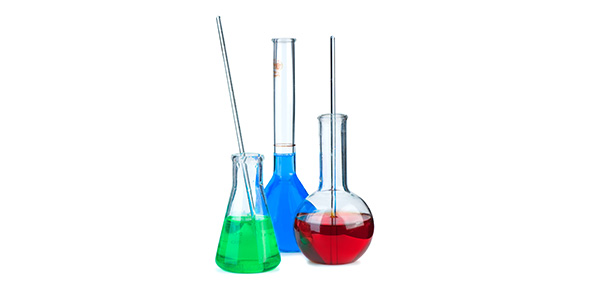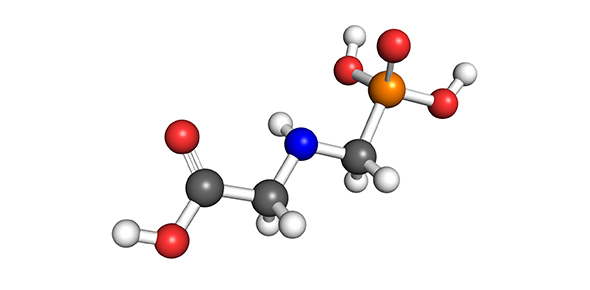Related Flashcards
Cards In This Set
| Front | Back |
|
Name the 7 Components of a Typical PCR Reaction.
1. _*_ direct DNA synthesis to the desired region 2. ___ building blocks to extend the primer sequence 3. ___ monovalent cation (salt) for optimal hybridization of primers to template 4. ___ PCR buffer to maintain optimal pH for the enzyme reaction 5. ___ divalent cation required by enzyme 6. ___ enzyme to extend primer sequence 7. ___ DNA to be tested |
Oligonucleotides
|
|
Name the 7 Components of a Typical PCR Reaction.
1. ___ direct DNA synthesis to the desired region 2. _*_ building blocks to extend the primer sequence 3. ___ monovalent cation (salt) for optimal hybridization of primers to template 4. ___ PCR buffer to maintain optimal pH for the enzyme reaction 5. ___ divalent cation required by enzyme 6. ___ enzyme to extend primer sequence 7. ___ DNA to be tested |
DNTP
|
|
Name the 7 Components of a Typical PCR Reaction.
1. ___ direct DNA synthesis to the desired region 2. ___ building blocks to extend the primer sequence 3. _*_ monovalent cation (salt) for optimal hybridization of primers to template 4. ___ PCR buffer to maintain optimal pH for the enzyme reaction 5. ___ divalent cation required by enzyme 6. ___ enzyme to extend primer sequence 7. ___ DNA to be tested |
KCl (potassium chloride)
|
|
Name the 7 Components of a Typical PCR Reaction.
1. ___ direct DNA synthesis to the desired region 2. ___ building blocks to extend the primer sequence 3. ___ monovalent cation (salt) for optimal hybridization of primers to template 4. _*_ PCR buffer to maintain optimal pH for the enzyme reaction 5. ___ divalent cation required by enzyme 6. ___ enzyme to extend primer sequence 7. ___ DNA to be tested |
Tris (pH 8.4)
|
|
Name the 7 Components of a Typical PCR Reaction.
1. ___ direct DNA synthesis to the desired region 2. ___ building blocks to extend the primer sequence 3. ___ monovalent cation (salt) for optimal hybridization of primers to template 4. ___ PCR buffer to maintain optimal pH for the enzyme reaction 5. _*_ divalent cation required by enzyme 6. ___ enzyme to extend primer sequence 7. ___ DNA to be tested |
MgCl2 (magnesium chloride)
|
|
Name the 7 Components of a Typical PCR Reaction.
1. ___ direct DNA synthesis to the desired region 2. ___ building blocks to extend the primer sequence 3. ___ monovalent cation (salt) for optimal hybridization of primers to template 4. ___ PCR buffer to maintain optimal pH for the enzyme reaction 5. ___ divalent cation required by enzyme 6. _*_ enzyme to extend primer sequence 7. ___ DNA to be tested |
Polymerase (e.g. Taq)
|
|
Name the 7 Components of a Typical PCR Reaction.
1. ___ direct DNA synthesis to the desired region 2. ___ building blocks to extend the primer sequence 3. ___ monovalent cation (salt) for optimal hybridization of primers to template 4. ___ PCR buffer to maintain optimal pH for the enzyme reaction 5. ___ divalent cation required by enzyme 6. ___ enzyme to extend primer sequence 7. _*_ DNA to be tested |
Sample
|
|
PCR is an in vitro method to _*_ specific DNA sequences and analyze it at the nucleotide level.
|
Amplify
|
|
In less than 2 hours, PCR produces copies of amplified DNA sequence called _*_.
|
Amplicons
|
|
The three steps of PCR are _*_, ___ and ___.
|
Denaturation
|
|
The three steps of PCR are ___, _*_ and ___.
|
Annealing
|
|
The three steps of PCR are ___, ___ and _*_.
|
Extension
|
|
The Denaturation step of PCR _*_ the DNA into two strands by heating the sample at ___°C. The length of time for initial denaturation ___ for larger DNA template fragments.
|
Splits
|
|
The Denaturation step of PCR ___ the DNA into two strands by heating the sample at _*_°C. The length of time for initial denaturation ___ for larger DNA template fragments.
|
94-96
|
|
The Denaturation step of PCR ___ the DNA into two strands by heating the sample at ___°C. The length of time for initial denaturation _*_ for larger DNA template fragments.
|
Increases
|






